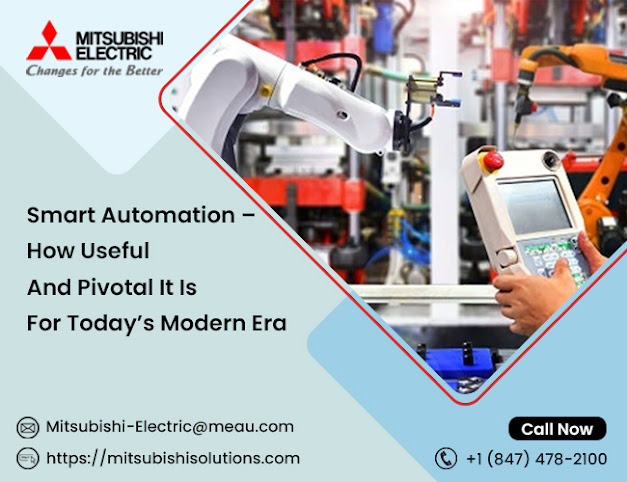The Role Of Factory Robots In Improving Workplace Safety And Efficiency
Automation and robotics have revolutionized the manufacturing industry, leading to significant improvements in workplace safety and efficiency. The use of factory robots in various industries has become increasingly popular, and it's not hard to see why. Robots are programmed to perform repetitive tasks with precision and speed, reducing the risk of human error and increasing productivity. This article explores the role of factory robots in improving workplace safety and efficiency, with a focus on the benefits of automated packaging lines, automated pallet stackers, material handling factory automation, and VFD pump control.
Automated Packaging Line
One of the most common applications of factory robots is in the automation of packaging lines. Packaging is an essential aspect of the manufacturing process, and automating this task can significantly improve efficiency and safety. Automated packaging line use robots to pick, pack, and palletize products, reducing the need for human intervention. This technology improves productivity, reduces waste, and minimizes the risk of workplace injuries associated with manual packaging. Additionally, automated packaging lines can be programmed to detect and remove defective products, ensuring that only high-quality products reach the market.
Automated Pallet Stackers
Manual stacking and unstacking of pallets can be a challenging and time-consuming task, especially in large manufacturing facilities. Automated pallet stackers use robots to lift and stack pallets, reducing the need for human labor. These machines are programmed to stack pallets quickly and accurately, reducing the risk of accidents associated with manual pallet stacking. Additionally, automated pallet stackers can be integrated with other material handling automation systems to create a fully automated production line, improving efficiency and reducing labor costs.
Material Handling Automation
Material handling automation involves the use of robots to move raw materials and finished products within the manufacturing facility. Automated material handling systems can be customized to meet the specific needs of the manufacturing process, improving efficiency and reducing the risk of workplace injuries associated with manual material handling. Robots can be programmed to lift heavy loads, transport materials from one location to another, and load and unload trucks, reducing the need for human labor. Material handling automation also improves product quality by reducing the risk of damage during transport.
VFD Pump Control
Variable frequency drives (VFDs) are used to control the speed of pumps, improving the efficiency of the manufacturing process. VFD pump control involves the use of robots to monitor and control the speed of pumps, reducing energy consumption and improving process efficiency. Robots can be programmed to adjust pump speed based on the specific needs of the manufacturing process, reducing the risk of damage to equipment and improving product quality. VFD pump control also improves workplace safety by reducing the risk of accidents associated with manual pump control.
Conclusion
The use of factory robots has revolutionized the manufacturing industry, improving workplace safety and efficiency. Automated packaging lines, automated pallet stackers, material handling automation, and VFD pump control are just a few examples of the many ways in which robots are used to streamline the manufacturing process. These technologies reduce the need for human labor, improve productivity, and minimize the risk of workplace injuries associated with manual labor. With the continued advancement of robotics and automation technology, we can expect to see even more significant improvements in workplace safety and efficiency in the coming years.




Comments
Post a Comment